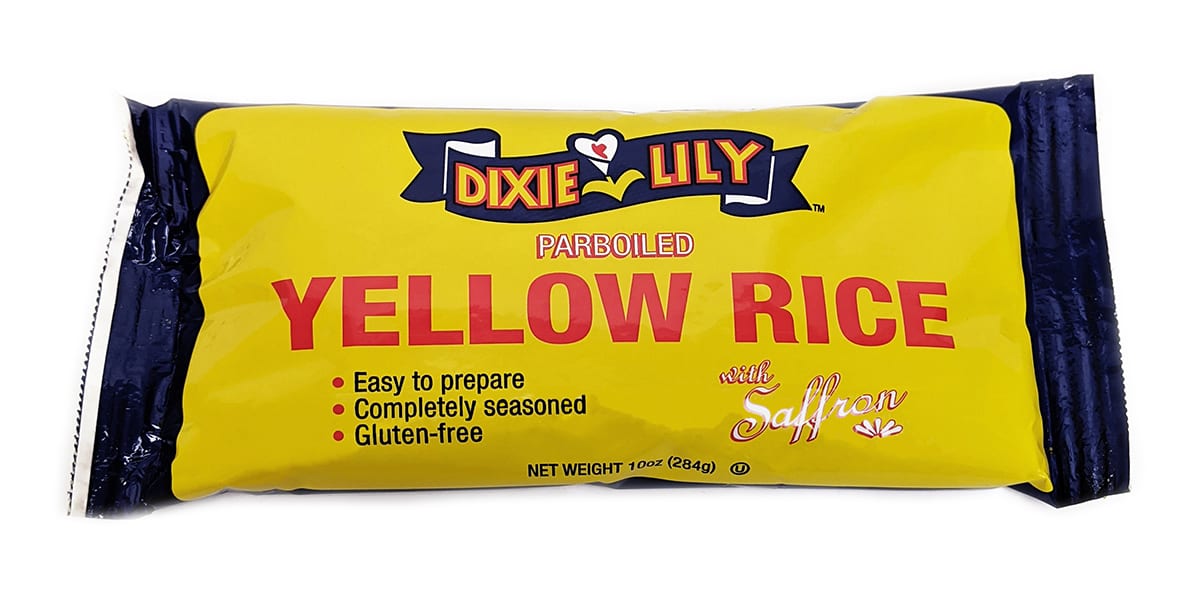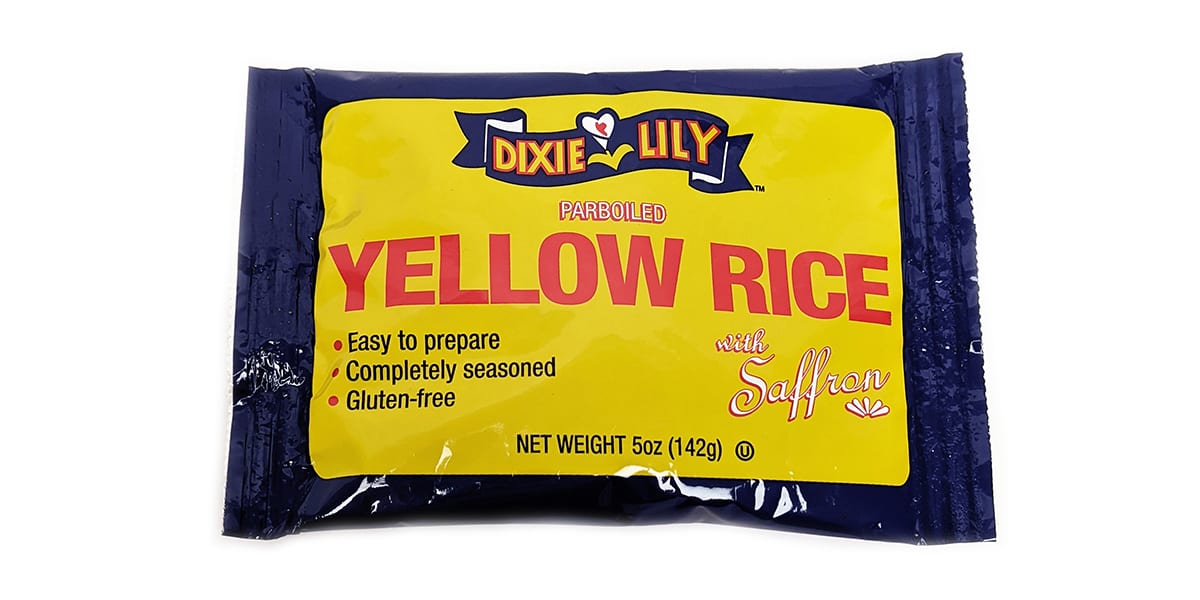Lily rice, a unique culinary marvel, has been gaining popularity in kitchens worldwide. This extraordinary ingredient offers a blend of taste, texture, and nutritional value that makes it a must-have for health-conscious cooks and food enthusiasts alike. Whether you're experimenting with new recipes or looking for healthier alternatives, lily rice is an excellent choice to enhance your culinary creations.
As modern lifestyles evolve, so does our approach to food. The demand for healthier, more sustainable ingredients has never been higher. Lily rice, with its rich history and diverse applications, perfectly fits this growing trend. Its versatility allows it to adapt to various cuisines, making it a staple in both traditional and contemporary dishes.
In this comprehensive guide, we'll explore everything you need to know about lily rice, from its origins and nutritional benefits to creative ways to incorporate it into your meals. Whether you're a seasoned chef or a beginner cook, this article will provide valuable insights to help you make the most of this remarkable ingredient.
Read also:Eddy Burback Age A Comprehensive Look At The Life Career And Achievements
Table of Contents
- The Origin and History of Lily Rice
- Biography of Lily Rice
- Nutritional Benefits of Lily Rice
- How to Cook Lily Rice
- Delicious Lily Rice Recipes
- Lily Rice vs Other Rice Varieties
- Where to Find Lily Rice
- Proper Storage Tips for Lily Rice
- Health Benefits of Incorporating Lily Rice
- The Future of Lily Rice in Culinary Arts
The Origin and History of Lily Rice
Lily rice traces its roots back to ancient civilizations, where it was first cultivated in the fertile regions of Southeast Asia. Historically, this grain was prized not only for its culinary uses but also for its medicinal properties. Over centuries, lily rice has evolved into a staple food in many cultures, with each region adding its unique twist to its preparation and consumption.
Early Cultivation
The early cultivation of lily rice began in the rice paddies of Vietnam and Thailand. Farmers quickly realized the potential of this grain due to its resilience and high yield. As trade routes expanded, lily rice spread across Asia, eventually reaching Europe and the Americas. Today, it is grown in various parts of the world, adapting to different climates and soil conditions.
Cultural Significance
In many Asian cultures, lily rice is more than just a food item; it holds cultural and spiritual significance. For instance, it is often used in traditional ceremonies and festivals, symbolizing prosperity and good fortune. The grain's ability to absorb flavors and pair well with a variety of ingredients makes it an essential component in countless regional dishes.
Biography of Lily Rice
Lily rice, much like any other grain, has its own story to tell. Below is a detailed biography of this fascinating ingredient, including its key characteristics and essential data:
Read also:Celebrities Born On May 25 A Starstudded Birthday You Wont Forget
| Category | Details |
|---|---|
| Scientific Name | Oryza sativa var. lily |
| Origin | Southeast Asia |
| Primary Uses | Cooking, medicinal, cultural ceremonies |
| Growth Conditions | Thrives in warm, humid climates |
| Harvesting Season | June to September |
Nutritional Benefits of Lily Rice
Lily rice is not only delicious but also packed with essential nutrients that contribute to a balanced diet. Understanding its nutritional profile can help you make informed decisions about incorporating it into your meals.
Key Nutrients
- High in complex carbohydrates
- Rich in dietary fiber
- Contains essential vitamins like B6 and E
- Packed with minerals such as magnesium and phosphorus
Studies have shown that consuming lily rice can improve digestion, boost energy levels, and support heart health. Its low glycemic index makes it an ideal choice for individuals managing diabetes or seeking to maintain stable blood sugar levels.
How to Cook Lily Rice
Cooking lily rice is simple and straightforward, requiring minimal effort but yielding maximum results. Follow these steps to prepare perfect lily rice every time:
- Rinse the rice thoroughly under running water to remove excess starch.
- In a saucepan, combine one cup of lily rice with two cups of water or broth.
- Bring to a boil, then reduce heat to low and cover the saucepan.
- Simmer for about 18-20 minutes or until the water is fully absorbed.
- Let it rest for 5 minutes before fluffing with a fork.
Tips for Perfect Lily Rice
For added flavor, consider using vegetable or chicken broth instead of water. You can also experiment with herbs and spices like turmeric or cumin to create unique variations. Remember, the key to great lily rice lies in the cooking technique and attention to detail.
Delicious Lily Rice Recipes
Now that you know how to cook lily rice, it's time to explore some mouthwatering recipes that highlight its versatility:
Lily Rice Stir-Fry
This quick and easy dish combines lily rice with fresh vegetables and your choice of protein for a nutritious meal. Sauté onions, bell peppers, and carrots in a wok, add cooked lily rice, and toss with soy sauce and sesame oil for a flavorful finish.
Lily Rice Salad
Perfect for summer picnics, this salad features cooked lily rice mixed with cherry tomatoes, cucumbers, and feta cheese. Dress with olive oil, lemon juice, and herbs for a refreshing and light dish.
Lily Rice vs Other Rice Varieties
While lily rice shares similarities with other rice varieties, it stands out in several ways. Below is a comparison highlighting its unique qualities:
| Characteristic | Lily Rice | White Rice | Brown Rice |
|---|---|---|---|
| Texture | Fluffy and slightly sticky | Light and fluffy | Firm and chewy |
| Nutritional Value | High in fiber and vitamins | Low in fiber | Rich in fiber and antioxidants |
| Cooking Time | 18-20 minutes | 15 minutes | 40-45 minutes |
Where to Find Lily Rice
Lily rice is becoming increasingly available in supermarkets and specialty stores. Look for it in the international or organic food sections. Online retailers also offer a wide selection, making it convenient to order from the comfort of your home.
Local Markets
For a more authentic experience, visit local Asian markets where you can find high-quality lily rice at competitive prices. These markets often stock a variety of rice types, allowing you to compare and choose the best option for your needs.
Proper Storage Tips for Lily Rice
To maintain the freshness and quality of lily rice, proper storage is essential. Store it in an airtight container in a cool, dry place to prevent moisture and pests. If you plan to keep it for an extended period, consider freezing it to extend its shelf life.
Common Mistakes to Avoid
- Storing rice in humid environments
- Leaving rice exposed to air
- Using the same container for different types of rice
Health Benefits of Incorporating Lily Rice
Incorporating lily rice into your diet offers numerous health benefits. Its high fiber content aids digestion, while its rich nutrient profile supports overall well-being. Additionally, its low glycemic index makes it a suitable option for those managing blood sugar levels.
Supporting Studies
Research published in the Journal of Nutrition highlights the positive effects of consuming whole grains like lily rice. Participants who included it in their diets reported improved cardiovascular health and reduced risk of chronic diseases.
The Future of Lily Rice in Culinary Arts
As the culinary world continues to embrace sustainable and health-conscious practices, lily rice is poised to play a significant role. Chefs and food enthusiasts are constantly exploring new ways to incorporate it into innovative dishes, from gourmet meals to everyday family recipes.
With its growing popularity and versatile nature, lily rice is set to become a staple in kitchens worldwide. Its ability to adapt to various cuisines and dietary preferences ensures its place in the future of culinary arts.
Conclusion
In conclusion, lily rice offers a wealth of benefits that make it an excellent addition to any kitchen. From its rich history and nutritional value to its versatility in cooking, this grain has proven itself as a valuable ingredient in modern cuisine. By incorporating lily rice into your meals, you can enjoy delicious, healthy dishes that cater to a variety of tastes and preferences.
We invite you to share your thoughts and experiences with lily rice in the comments below. Have you tried any of the recipes mentioned? Do you have a favorite way of preparing lily rice? Let us know, and don't forget to explore our other articles for more culinary inspiration!


